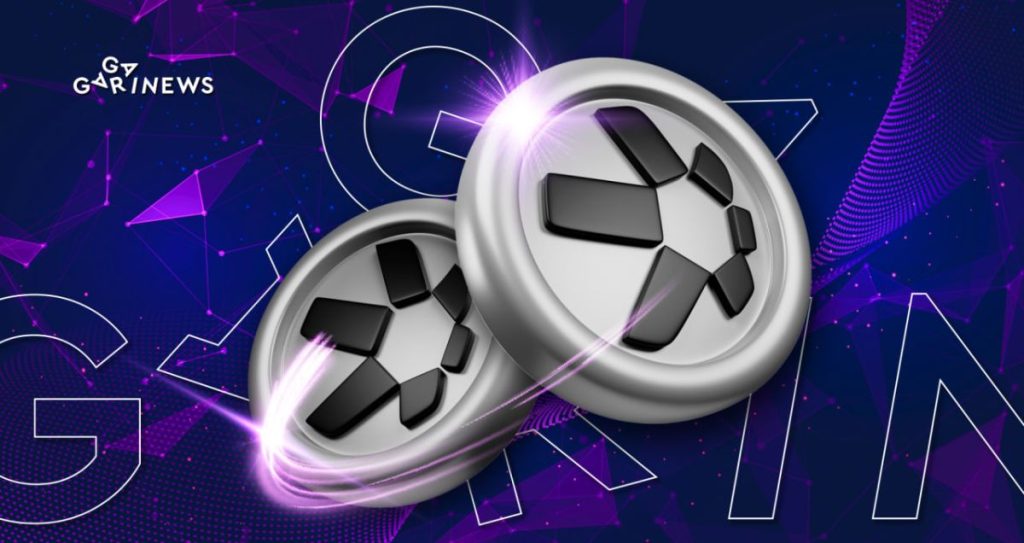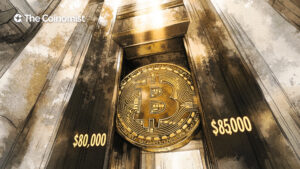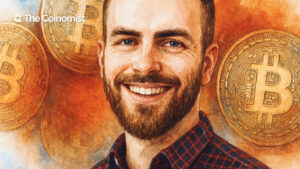An overview of the Quant Network project and the QNT token

The Quant Network refers to a UK-based project which aims to address blockchain’s interoperability. It facilitates user-to-user information and token exchange by fusing DEX registries into a massive shared network.
On this page
Polkadot and Cosmos are also addressing this challenge. The former utilizes a parachain system, while the latter strives to create a modular blockchain system.
The Quant Network project's specificity
The Quant Network establishes communication between independent blockchains using the Overledger network, which provides an API (application programming interface) capability. Its ongoing mission is to enable any client application to be hosted on any of the existing blockchains.
Generated software automatically selects the distributed registry that best suits the customer's needs and hosts the corporate application.
There are four key features of the project:
- The Quant Network does not have its own blockchain.
- It is a closed-source project that requires a license to be used.
- Overledger OS technology is officially patented by the author and couldn’t be used by third-party developers.
- Overledger technology has initially been used for transactions unrelated to cryptocurrencies. The internal token and interoperability capabilities were announced 3 years after the creation of Overledger OS, in 2018.
Institutions, FinTech developers, and businesses that rely on international payments are the project's target audiences.
The following protocols are currently supported:
- Bitcoin;
- Ripple;
- Ethereum;
- Stellar;
- EOS;
- IOTA;
- Binance Smart Chain;
- Constellation.
The Quant Network's data exchange rate depends on which blockchain it uses to maintain the application.
Who is behind the Quant Network development?
The company was founded in 2015. An Englishman named Gilbert Verdian emerged as the mastermind and architect of Overledger. He has 20 years of experience in cybersecurity and spent a long time working for HM Treasury and the UK Ministry of Justice. On top of that, he is a consultant for companies connected with payment infrastructures: Vocalink, Mastercard and HSBC Bank. He also works with the US Federal Reserve.
Paolo Tasca is the second co-founder of the project. He has a PhD in economics and marketing. As the main co-owner of the company and also its main advisor, he is involved in business decisions.
Colin Paterson is the third board member. He oversees security issues as the CTO. Colin has a proven track record as a data protection officer in both large public and private organizations.
The UK consultancy company called “Alchemmy” is the team's principal investor and partner.
The QNT and project’s tokenomics
We have two categories of Quant Network users: ordinary members of the ecosystem and corporate customers. Those consumers pay an annual licensing fee in order to use the system. The fee is fixed for ordinary users, while the corporate fee depends on the number of applications they use as well as on the intensity of usage.
An ERC-20 project token with the ticker symbol QNT is accepted as a payment. Furthermore, the token may be used for purchases via the internal marketplace for apps.
The price of a token is not fixed, but is determined by the project's own AI oracle. The cost of applications and license fees for corporate customers is calculated through Quant Network Smart Contracts. For the duration of the license (12 months), tokens are frozen in Quant Treasury, the project's own liquidity pool that serves as the treasury. After the license expires, the tokens can be brought by the treasury to the exchange and sold at current market prices.
Quant Treasury acts as a third party to smart contracts created on the platform, charging a small commission (0.5%) for contract fulfillment.
The scheme of using tokens is quite complex and differs from the usual functions of internal tokens of other crypto projects.
Tokenomics is also rather obscure.
Back in 2017, Gilbert Verdian stated that the company had no plans to hold an ICO. Nonetheless, a presale did take place in May 2018, though it raised only $11 million (of the $36 million anticipated). Tokens were offered at a price slightly higher than $1.
When it comes to assessing the emission, our only source of information is interviews with Paolo Tasca, as the white paper doesn't cover this topic. Tasca claims that the emission was a one-time event and totaled 45.5 million QNT.
However, when we look at the total number of tokens, the figures don't add up:
- There are 14.5 million QNT in circulation;
- Developers hold 4.65 million QNT;
- 9.5 million QNT were burned after presale;
- About 12 million tokens are frozen in the Quant Treasury.
So, where are the missing 5 million QNT? It's possible that more QNT was burned or that there are investors who are not publicly disclosing their involvement in the project.
Despite these uncertainties, the Quant Network project remains a promising investment opportunity.
Firstly, it's being used by large corporations and institutional clients. Secondly, the CEO, Gilbert Verdian, has an impressive resume and strong connections with financial regulators in the UK and the US.
By the way, as of the time of writing, the QNT token is trading at $140. That's not a bad return for those who participated in the presale, right?
The content on The Coinomist is for informational purposes only and should not be interpreted as financial advice. While we strive to provide accurate and up-to-date information, we do not guarantee the accuracy, completeness, or reliability of any content. Neither we accept liability for any errors or omissions in the information provided or for any financial losses incurred as a result of relying on this information. Actions based on this content are at your own risk. Always do your own research and consult a professional. See our Terms, Privacy Policy, and Disclaimers for more details.

























